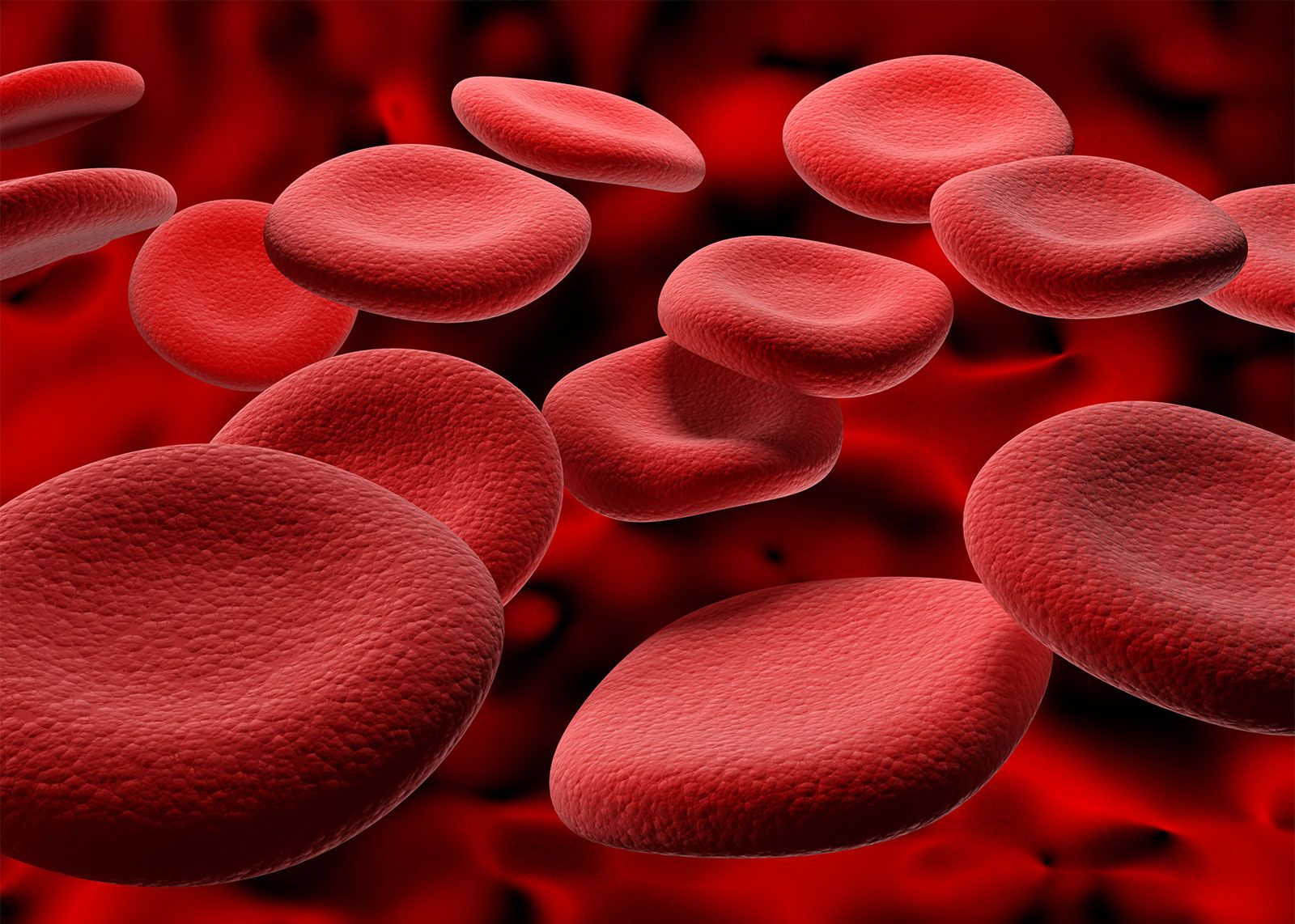There are four types of tissue in the human body: blood, epithelial, connective, and muscle. Blood is a type of fluid tissue that circulates throughout the body carrying oxygen and nutrients to cells and wastes away from them. It is composed of red blood cells, white blood cells, platelets, and plasma.
Blood is a type of bodily fluid that circulates throughout the body, transporting oxygen and nutrients to cells and removing waste products. It is composed of red blood cells, white blood cells, platelets, and plasma.

Credit: study.com
What Type of Connective Tissue is Blood?
Blood is a connective tissue that contains plasma, red blood cells, white blood cells, and platelets. Plasma is the fluid portion of the blood that contains nutrients, hormones, and proteins. Red blood cells are responsible for carrying oxygen to the body’s tissues.
White blood cells are part of the immune system and help fight infection. Platelets are fragments of cells that help with clotting.
Why is the Blood a Connective Tissue?
The blood is a connective tissue because it contains cells that are held together by a protein called collagen. Collagen is a type of protein that helps to keep tissues together and provides strength and elasticity. The blood also contains other proteins that help to keep the cells in place and provide nutrients for them to grow and function properly.
What Type of Tissue is Blood Quizlet?
The type of tissue that blood is composed of is called vascular tissue. Vascular tissue is a type of connective tissue that contains many blood vessels. These blood vessels transport blood throughout the body.
Blood Connective Tissue
What Type of Tissue is Blood Vessels
The blood vessels are the tubes that carry blood around the body. There are three main types of blood vessels: arteries, veins and capillaries. Arteries carry oxygen-rich blood away from the heart to the rest of the body.
Veins carry carbon dioxide-rich blood back to the heart. Capillaries are tiny blood vessels that connect arteries and veins and allow exchange of oxygen and carbon dioxide between the bloodstream and tissues.
Conclusion
There are four main types of tissue in the human body: epithelial, connective, muscular, and nervous. Blood is a type of connective tissue that consists of cells suspended in a fluid matrix. The matrix is composed of plasma, a watery solution that contains proteins, nutrients, and wastes.
The most abundant cells in blood are red blood cells (erythrocytes), which carry oxygen to the body’s tissues. White blood cells (leukocytes) defend the body against infection, and platelets (thrombocytes) help to control bleeding.
